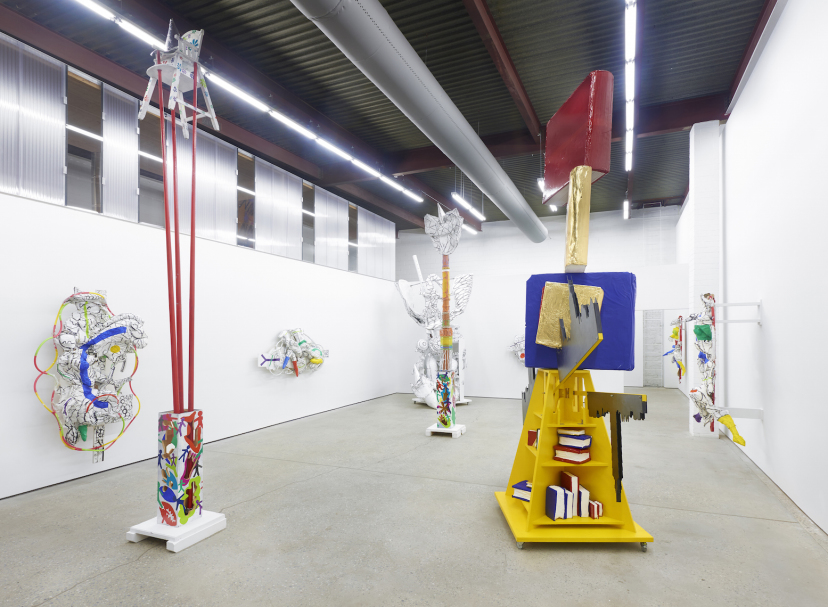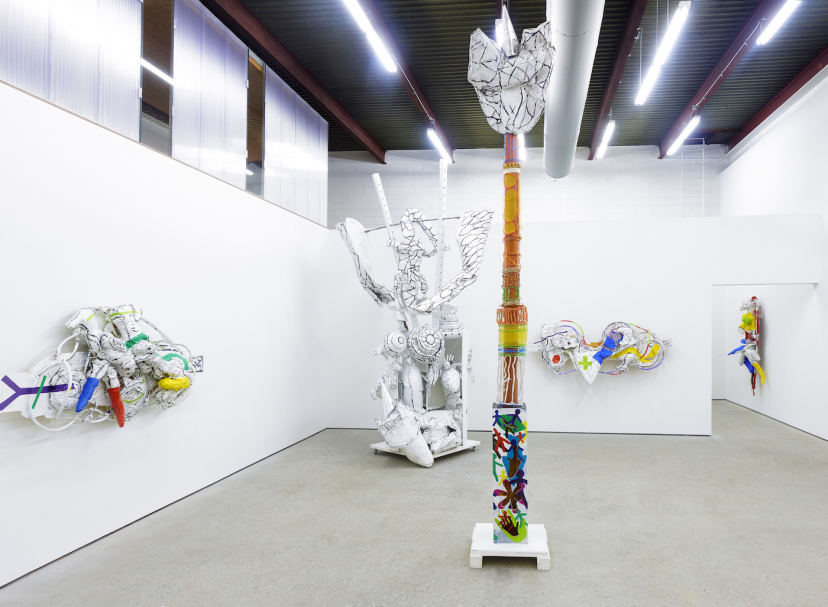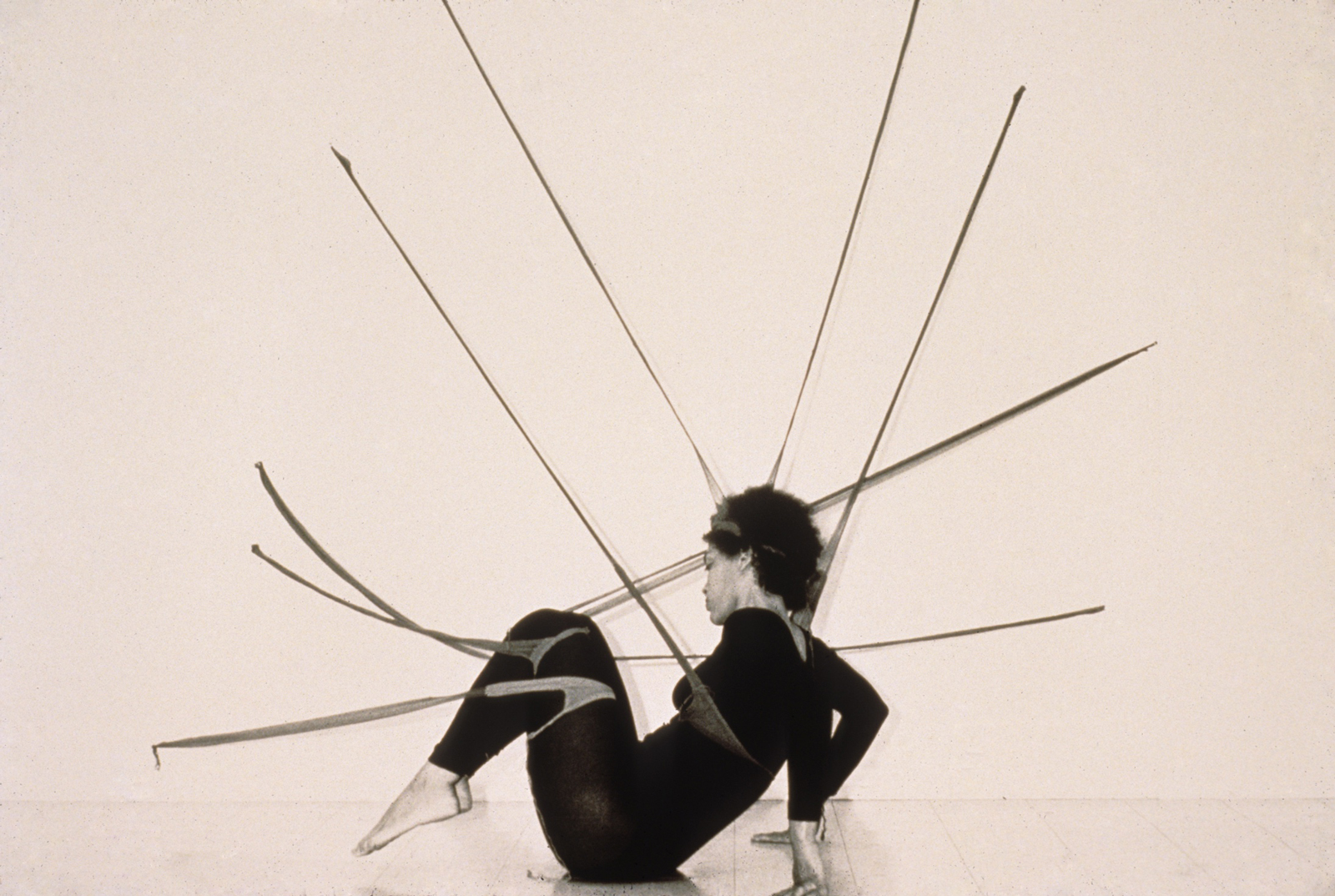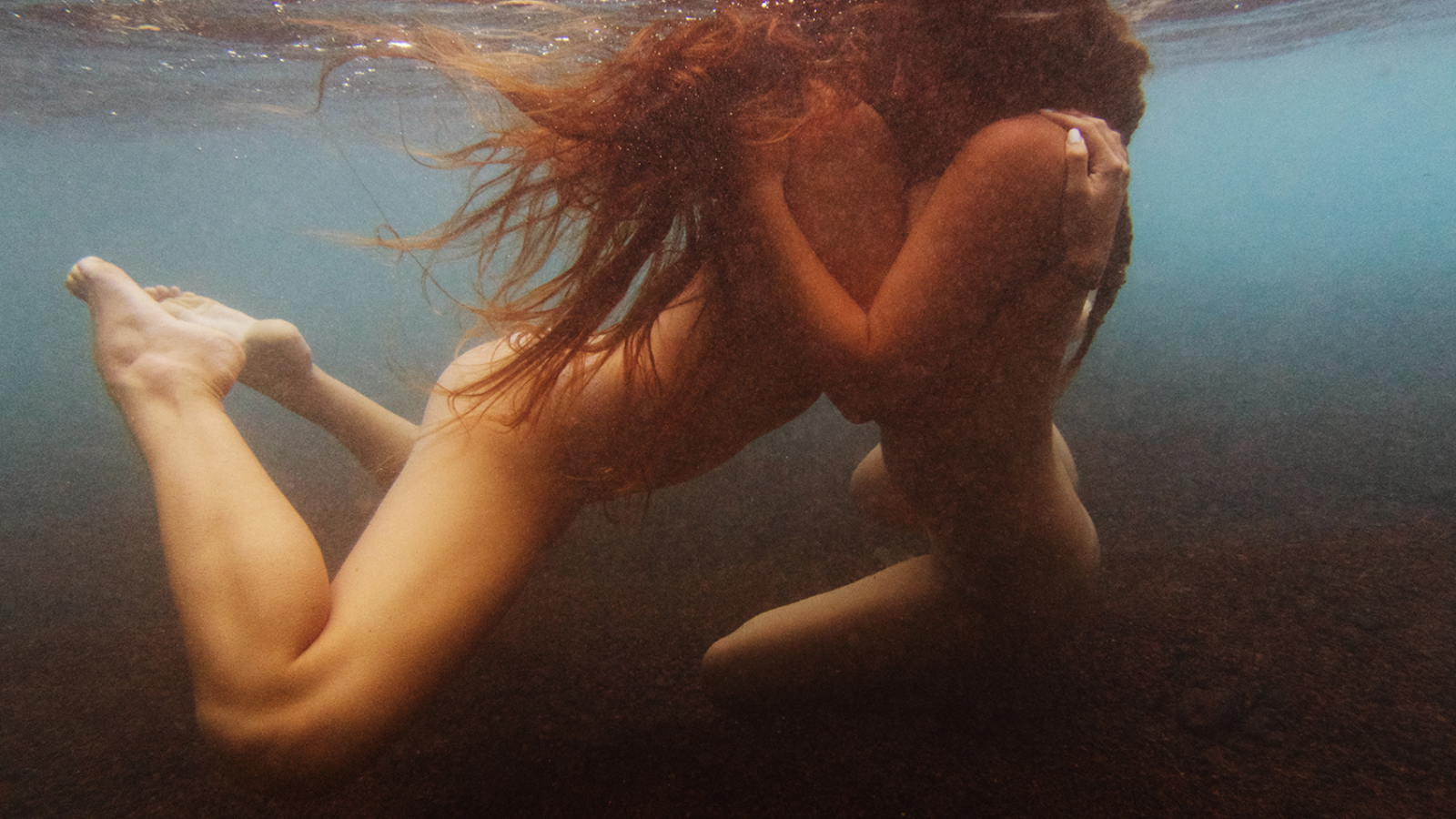Photos: Kat Slootsky
Installation Images: The Journal Gallery
Text and interview: Alec Coiro
You may know artist Agathe Snow from attending one of her unique events that mingled art, community, dance, and dining. An artist who brings people together, cares deeply about her family, and all people has created Continuum, a show about the eternity of human connections that we do and always will share. She talked to us about the show, her process, and we learned how her move out of the city has changed her approach to art.
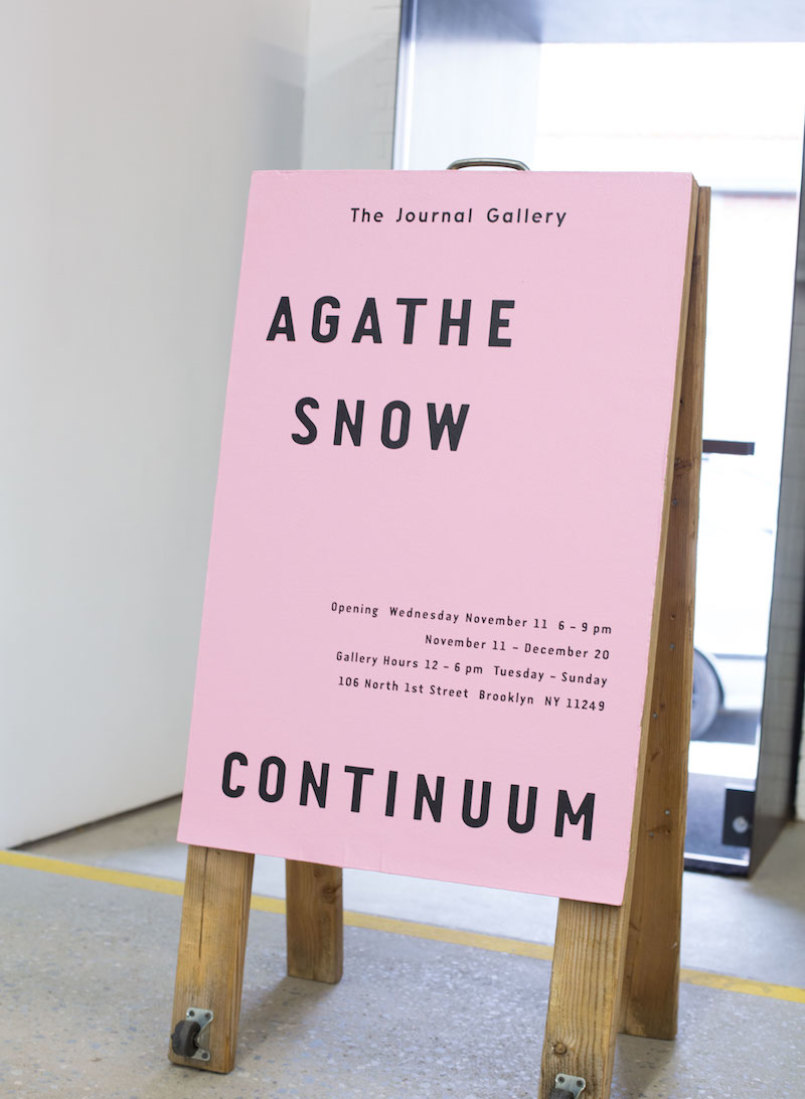
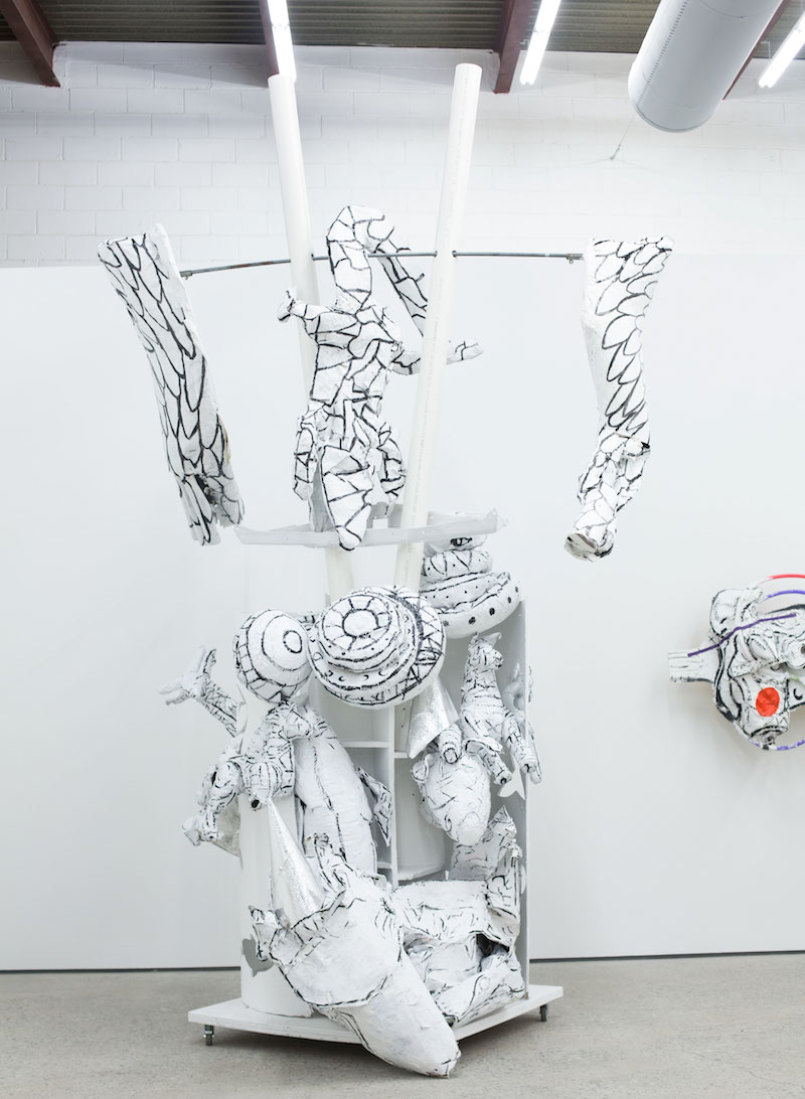
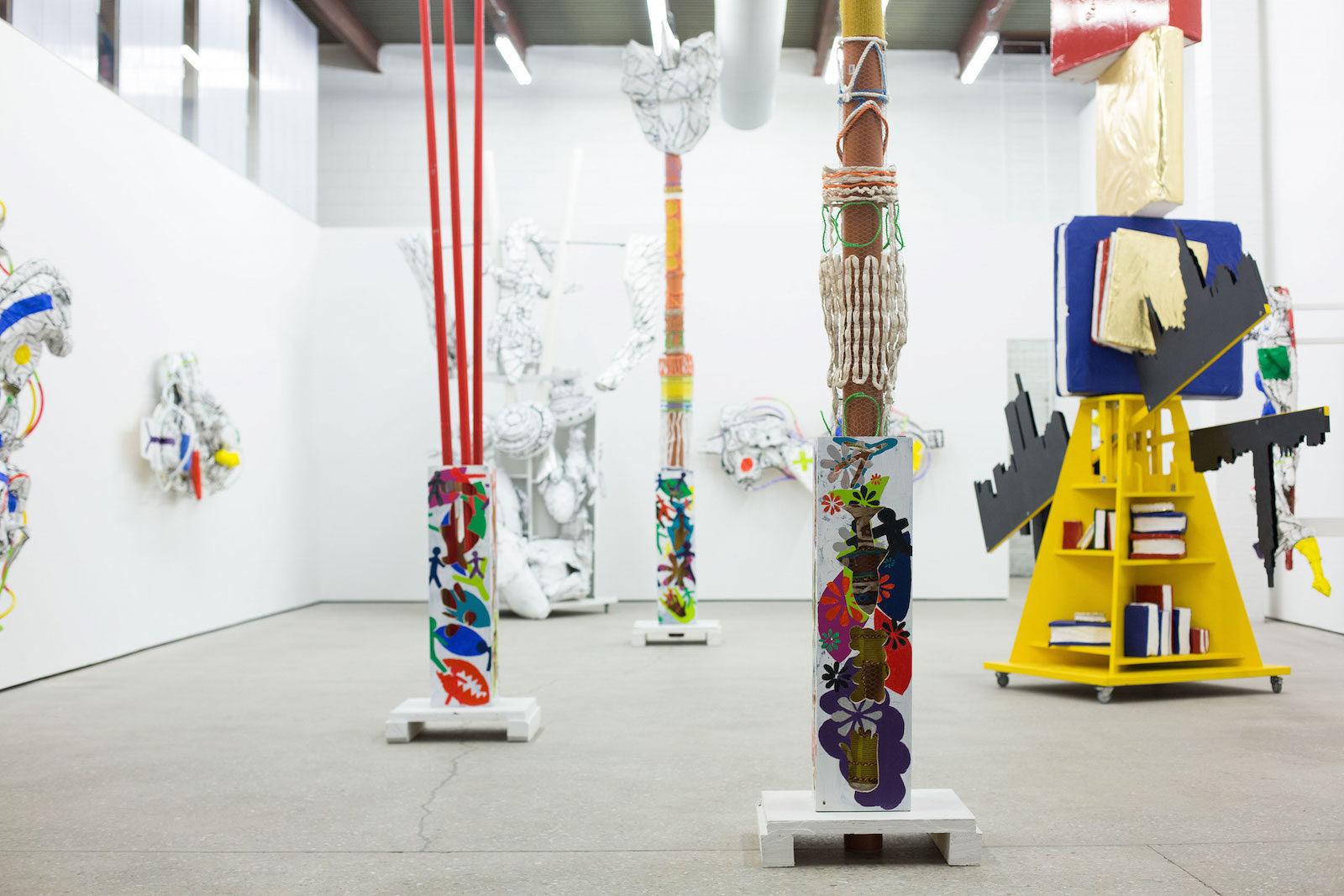
How long have you been working with paper mache? How did you come to it and does it have a special significance for you?
I have worked with papier-mâché for quite some time now, close to 10 years I would say.
A friend of mine from New Orleans taught me a technique to apply the wheat paste. He said it was the way they did it for the floats at Mardi Gras. I probably will never know whether it is true or not, but I love to think that s where the technique comes from. Growing up in Corsica where Mardi Gras was also celebrated I always loved the big puppets and extra big heads made of papier-mâché on the floats. But what really drove papier-mâché home for me was going to see it for myself in New Orleans and for Carnaval in Rio. There is no greater show on earth. The floats are worked on all year round, and at the end of the night every bit of costume and all parts of the floats are thrown out and discarded to start fresh for a new year. Papier-mâché gives you that freedom; it is so cheap to work with and biodegradable and so versatile. When I first started using it in my work I loved the idea that the work was only temporary and weighed very little; I just was very nervous about adding more weight to the planet and making more waste; nowadays I have found a way to reconcile with making work that lasts and have found many ways to reinforce the paper mache with resins and paints, insecticides and mold proofing chemicals.
Similarly, how did you choose the eclectic mix of additional materials that make this show so special? Would it be right to call them “found materials”?
Since I moved out of the city i don’t have an endless supply of recyclable materials. I can’t anymore go out and salvage all things thrown out on the sidewalks in NYC, which is really what I think of when I think of found materials: other people’s garbage. I am always on the lookout for stuff at yard sales and at the exchange center at the dump, but I get most of the elements I incorporate in my work online and mostly all in China. I go and look for particular objects and things with textures and colors and qualities I want to play around with and incorporate them in this or that series of work I am working on at any time. So “found,” yes, but really “wished for” would be more accurate.
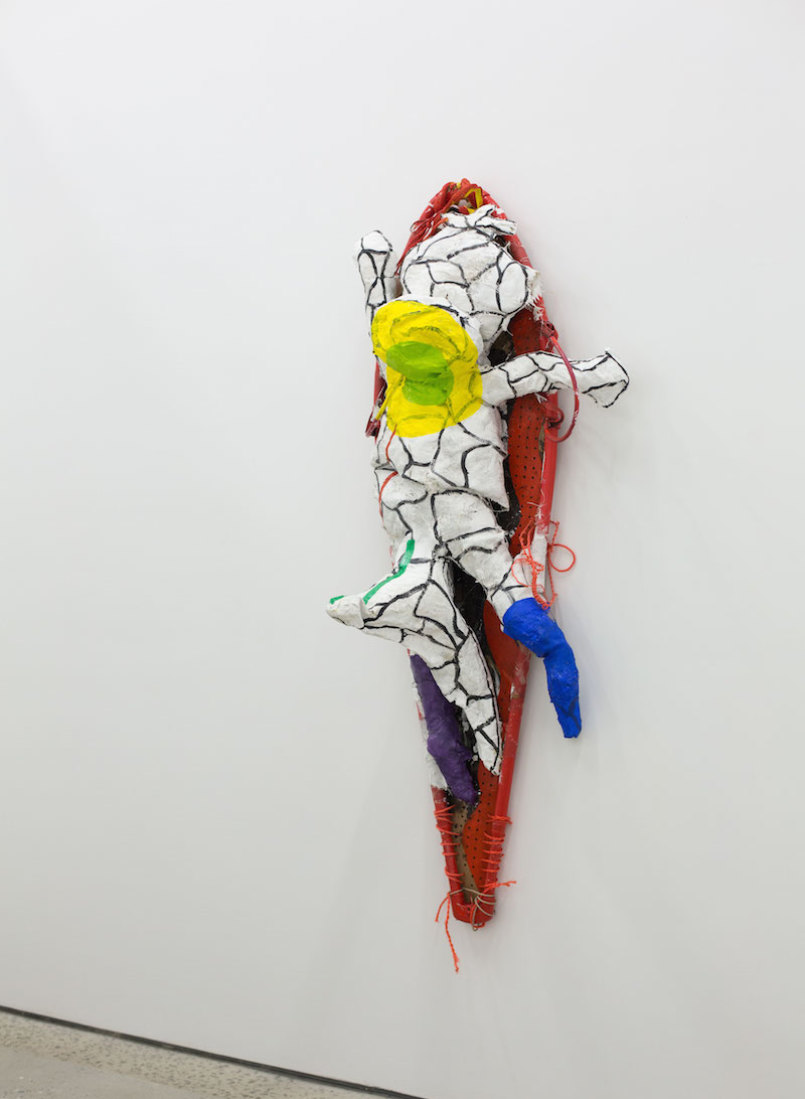
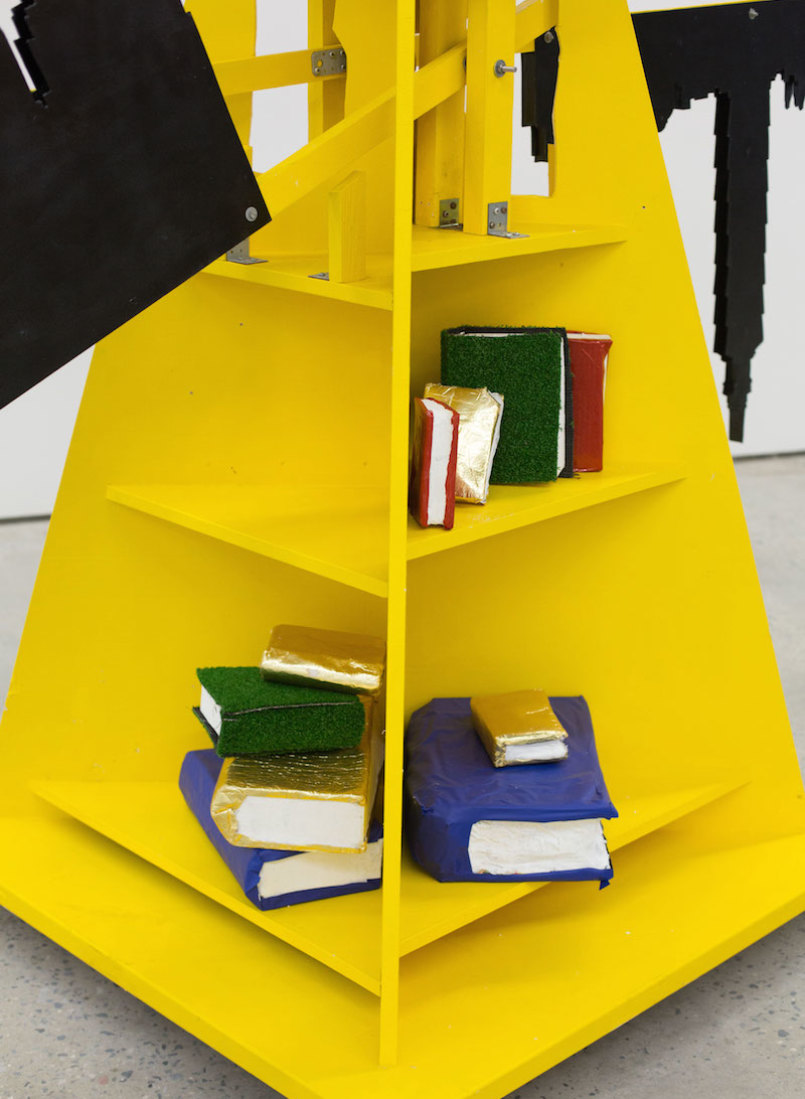
Can you elaborate on the show’s connection to family that in implied in the press release? Do you think being a mother has changed the direction of your subject matter at all?
A little before I started working on Continuum I spent a month and a half listening to people’s stories and how they made their way to the USA and all the reasons why they left their countries and families behind in search of a better life. And in doing so I also had to revisit my experience as an immigrant and get to know that of my partner’s family and hence my son’s ancestors and their reasons for making it here. As it happens they are Quakers and made it to Pennsylvania over 2 centuries ago to escape religious persecution back in England and Ireland. All and all what I am left with after that show at Albertz Benda called Coyote Ugly was that first this country is a country of immigrants and that each and everyone had and to this day has a very serious reason to come here; it’s a matter of survival. But the one thing that really stuck with me was that we are all an extension of the ones that came before us and the ones that will survive us; it is a matter of survival that goes beyond the individual. That is what I had in mind when I first started thinking of Continuum and that thought evolved in a human continuum that at some point we all meet and all share a common human ancestor, that all humans are part of an ever-evolving continuum and that as such we will evolve and survive and probably change in many ways. The show is a “reverie” of sorts, a play with shape and form to imagine the possible shapes the human physical appearance could take in its constant evolution, in its way of evolving to better itself to become more in control of our environment and live and survive. The way we look and the way we think and the way we move and that goes beyond everyone particular’s story. All the stories and accomplishments of humankind form our joint cultural heritage and conditions our evolution in many ways. I get real strength from my family; I would do anything to protect the ones I love and to make sure they are taken care of. Being a mother I want the future to be a place for my kid to thrive. I think about the future a lot more now that I have a son. And I think it shows in my work; I now make a point to make art that can outlive me, that has a future on its own. As an artist, I feel a great responsibility towards the family we all share as humans and the planet we have to evolve on.
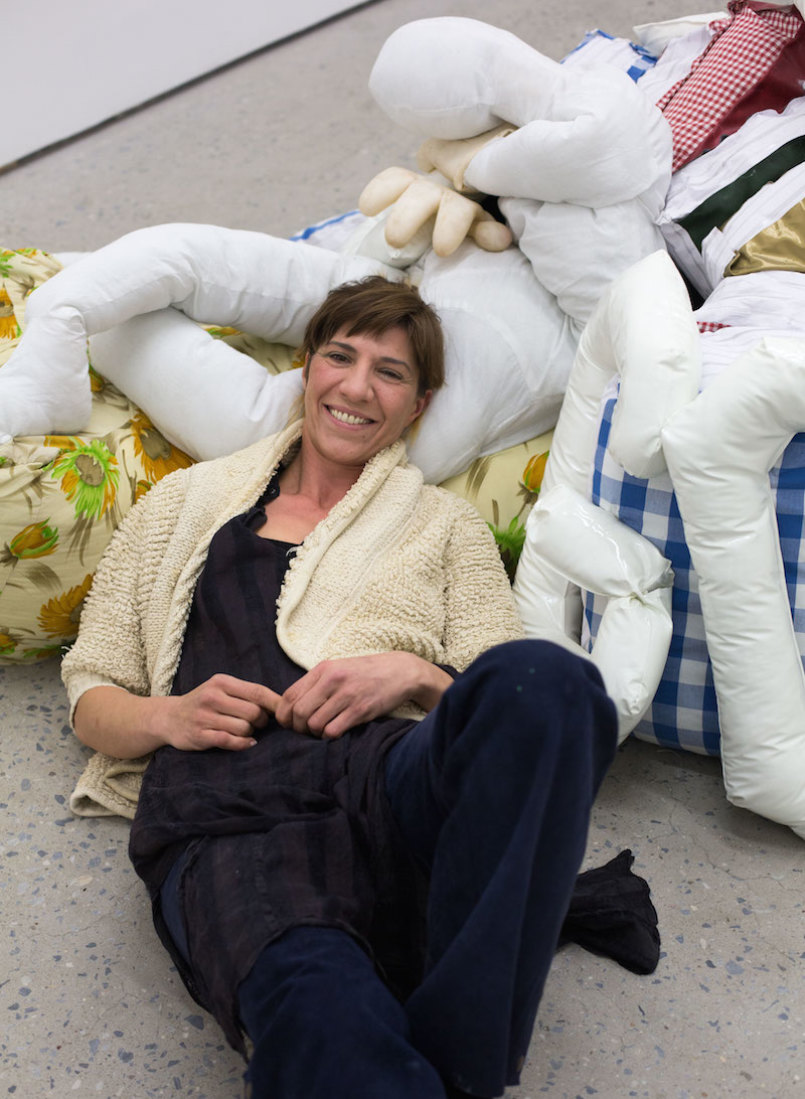
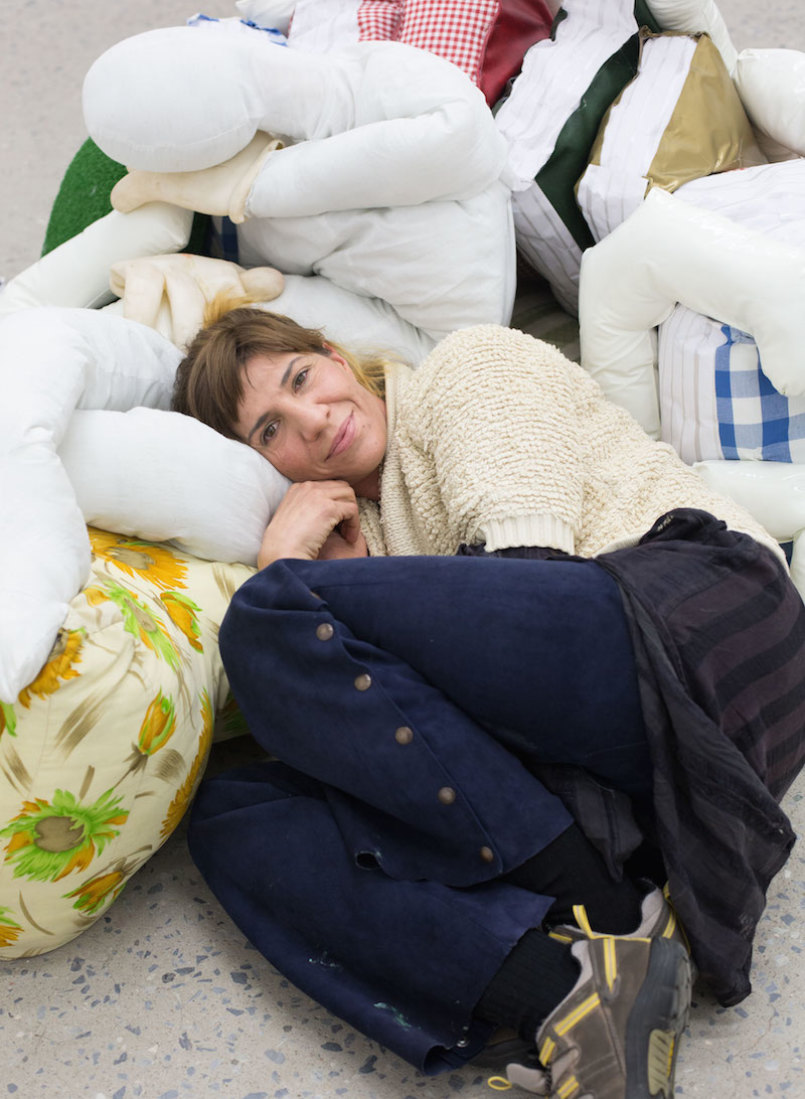
You are also a performer and you design clothes? Is there a connection your various art and design endeavors?
I think of them as all tools for self-expression. All the ways I express myself and all the ways I make and tell stories or episodes are all connected. I love to experiment with all sorts of materials and with making new environments and making outfits that I can invite others into. I start with a premise, a moment, a situation from which grows a place, a stage, and outfits to embody that space and time and then I let all explore and deal with space in their own way. I let them come up with their own story, where they come from, where they go next and who they are. All the things I make are meant as tools to ask questions within a certain parameter and ways for many to be involved for new ways to build community.
You’re known for the events you create involving dance and food? Can you talk a little bit about why these events are important and what you hope people will take away from them? Will you continue to do them?
With dance and food, I add another level to the experience, another shared activity. It creates a bond. You can be anyone you want to be, you can explore yourself however you see fit, but you are not alone, you are here and they are here and you all share a moment, a memory.
I think moments are what I try to create. Moments where all can be aware that they are part of the moment. It is only as great as all present make it. The better the moment, the more conscious we all are of ourselves and others. We are here. We were there…I want for sure to keep creating events that involve food and dancing for as long as I can move and eat and share.
